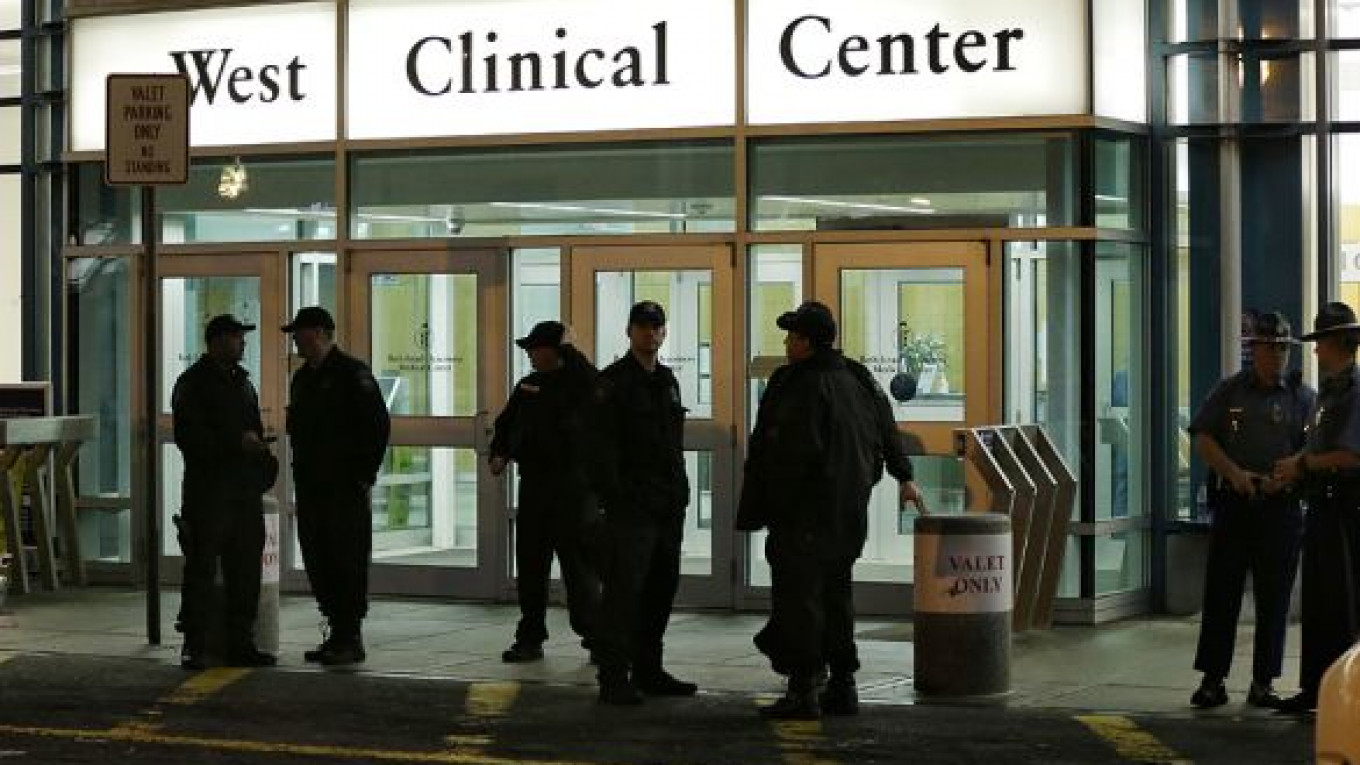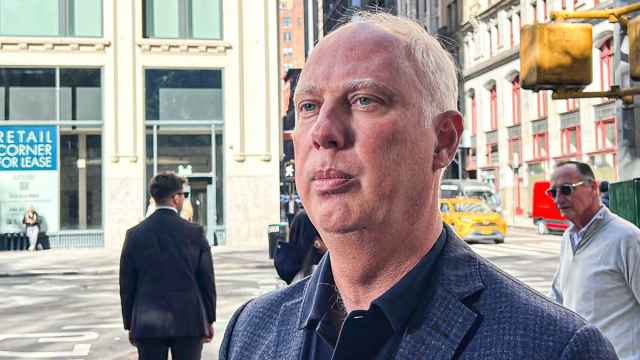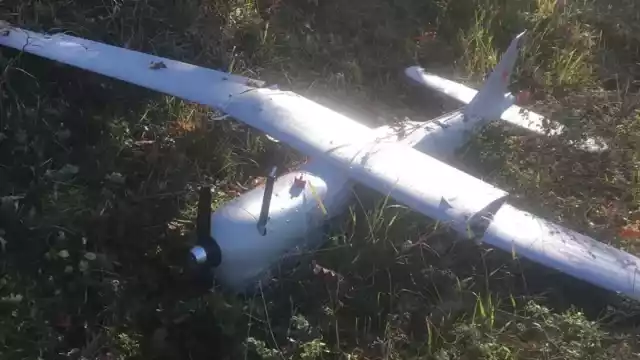BOSTON — A doctor involved in treating Tamerlan Tsarnaev, the Boston Marathon bombing suspect who died in a gun battle with police, said he had injuries head to toe and all limbs intact when he arrived at the hospital.
Dr. David Schoenfeld said the 26-year-old was unconscious and had so many penetrating wounds when he arrived at Beth Israel Deaconess Medical Center early Friday that it was not clear which ones killed him, and a medical examiner would have to determine the cause of death.
The second bombing suspect, 19-year-old Dzhokhar Tsarnaev, was in serious condition at the same hospital after his capture Friday night. The FBI has not allowed hospital officials to say any more about his wounds or condition.
Schoenfeld lives in the Boston suburb of Watertown and heard explosions from the shootout between the two brothers and the police early Friday. He called the hospital to alert staff they likely would be getting injured people, then rushed in to coordinate preparations.
"We had three or four trauma teams in different rooms set up and ready," unsure of whether they would be treating a bombing suspect, injured police or bystanders, Schoenfeld said.
The older Tsarnaev's clothes had been cut off by emergency responders at the scene, so if he had been wearing a vest with explosives, he was not by the time he arrived at the hospital, the doctor said.
"From head to toe, every region of his body had injuries," he said. "His legs and arms were intact — he wasn't blown into a million pieces" — but he had lost a pulse and was in cardiac arrest, meaning his heart and circulation had stopped, so CPR, or cardio-pulmonary resuscitation, was started.
Schoenfeld did not address the assertion made by the police that Tsarnaev was run over by a car driven by his brother as he fled the gunfire.
Schoenfeld said he couldn't discuss specific treatments in the case except to say what was usually done in such circumstances, including putting a needle in the chest to relieve pressure that can damage blood vessels, and cutting open the chest and using rib-spreaders to let doctors drain blood in the sac around the heart that can put pressure on the heart and keep it from beating.
"Once you've done all of those things … if they don't respond there's really nothing you can do. You've exhausted the playbook," he said.
After 15 minutes of unsuccessful treatment, doctors pronounced him dead.
"We did everything we could" to try to save his life, Schoenfeld said.
How did the medical team react to treating the bombing suspect?
"There was some discussion in the emergency room about who it was. That discussion ended pretty quickly," Schoenfeld said. "It really doesn't matter who the person is. We're going to treat them as best we can."
Related articles:
A Message from The Moscow Times:
Dear readers,
We are facing unprecedented challenges. Russia's Prosecutor General's Office has designated The Moscow Times as an "undesirable" organization, criminalizing our work and putting our staff at risk of prosecution. This follows our earlier unjust labeling as a "foreign agent."
These actions are direct attempts to silence independent journalism in Russia. The authorities claim our work "discredits the decisions of the Russian leadership." We see things differently: we strive to provide accurate, unbiased reporting on Russia.
We, the journalists of The Moscow Times, refuse to be silenced. But to continue our work, we need your help.
Your support, no matter how small, makes a world of difference. If you can, please support us monthly starting from just $2. It's quick to set up, and every contribution makes a significant impact.
By supporting The Moscow Times, you're defending open, independent journalism in the face of repression. Thank you for standing with us.
Remind me later.






